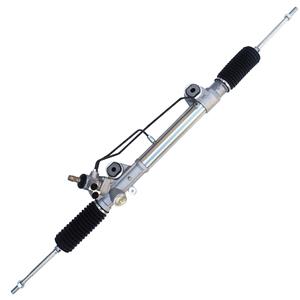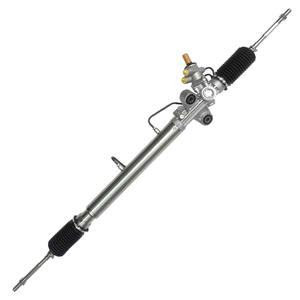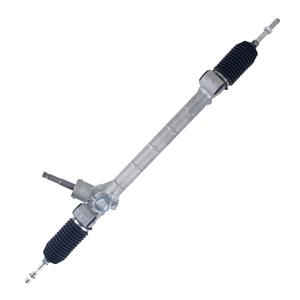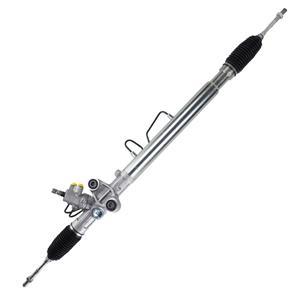-
Here are some of the most common symptoms: 1. Steering wheel shakes or loosens 2. Steering is not sensitive 3. Abnormal noise 4. Steering wheel is difficult to return automatically 5. Steering accuracy decreases 6. Steering system leakage 7. Steering wheel vibration 8. Uneven tire wear
-
The cost of replacing a Mercedes-Benz steering rack varies depending on the model, part type, labor cost and other factors. For entry-level models such as the C-Class, the cost may be between $1,200 and $2,500, while for premium models such as the S-Class, the cost may be as high as $4,000 or even more.
-
Damage to the power steering rack may affect the flow of power steering fluid. Under normal circumstances, the fluid circulates in the system to play a lubricating and cooling role. If the power steering rack is damaged, the fluid may not flow properly, causing localized temperature increases.
-
The wear of the rack may cause the meshing between the rack and the pinion to no longer be smooth, or even gaps or abnormal contact. Especially when driving on bumpy roads, the vibration of the vehicle will aggravate this wear, causing the power steering rack to make a "clicking" sound.
-
The work of the steering rack and pinion involves a lot of friction and mechanical stress. If these metal parts are not adequately lubricated after long-term use or dry-grip due to lack of power steering fluid, they will gradually wear or produce gaps. These wears will destroy the sealing of the rack system and allow hydraulic oil to leak from these gaps.
-
Normally, the rack of the power steering rack should not move excessively. The purpose of the rack design is to fix the steering rack so that it can move smoothly during the steering operation and provide assistance to the driver through a hydraulic or electric power system.
-
After turning off the power, it is recommended to wait a few minutes to ensure that the electric steering system is completely powered off. This step is critical to the smooth progress of the reset process and ensure that the electronic control unit (ECU) inside the system no longer retains any cache or error codes.
-
Single Lever Steering Systems The earliest automotive steering systems were very simple, usually using a single lever to control the direction. This design is similar to the steering principle of a ship's rudder or a horse-drawn carriage, which achieves the steering of the vehicle by changing the angle of the front wheels.
-
0404-2025
How to solve the EPS failure of the car?
If the EPS warning light is on, it is recommended to use a car diagnostic instrument to read the fault code. The fault code can help determine the specific cause of the fault and guide the maintenance personnel to prescribe the right medicine.
-
0304-2025
What power steering system does BMW use?
Hydraulic power steering is a technology that BMW has traditionally adopted on a large scale. This system generates hydraulic pressure through a hydraulic pump driven by the engine belt, which then delivers hydraulic oil to the steering rack and pinion system through an oil pipe.




